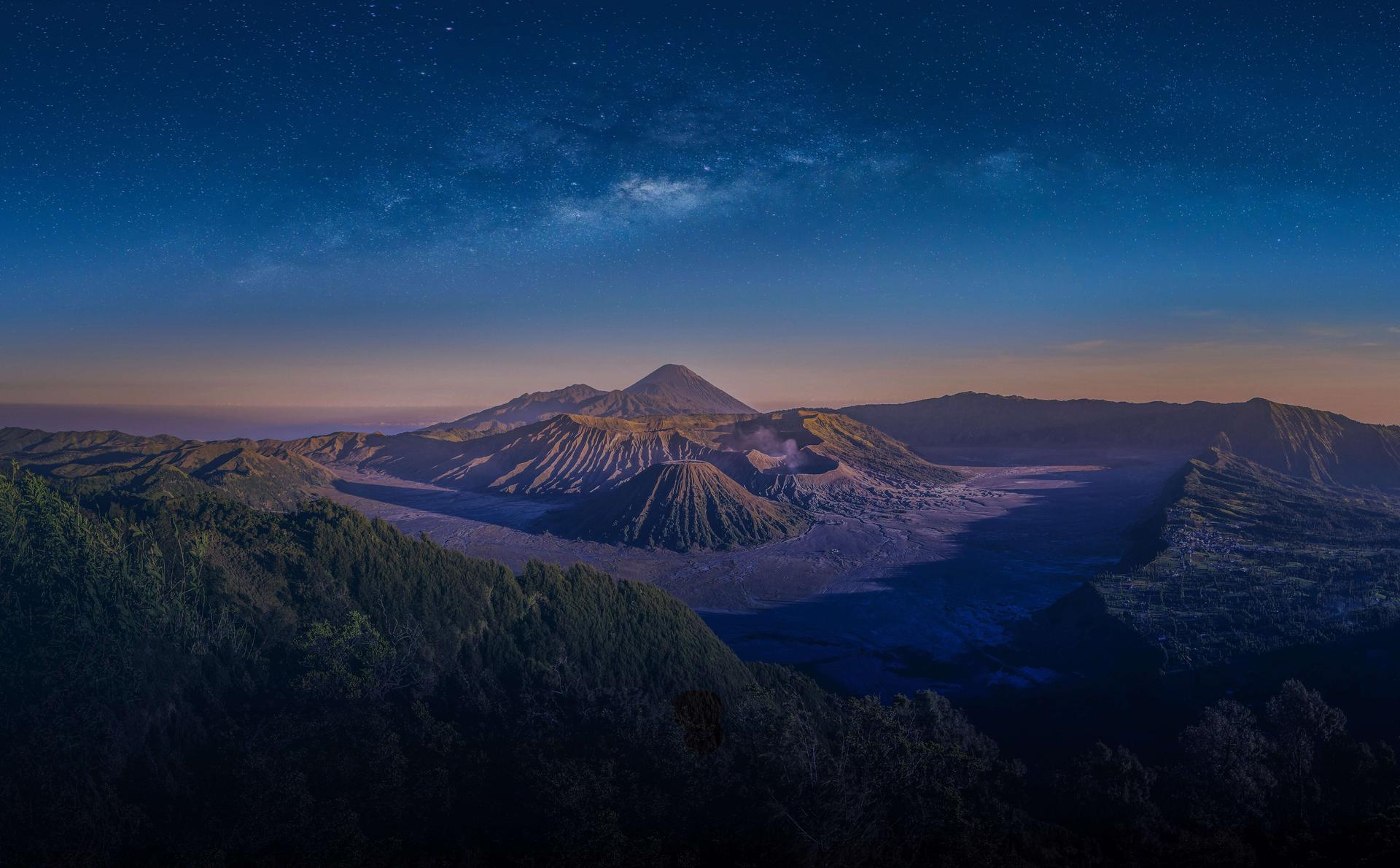Tsukimi: Mid Autumn Festival in Japan, Here’s What You Can Expect

As the full moon rose over the ancient rooftops of Kyoto, I found myself part of a quiet, beautiful celebration: Tsukimi, the traditional Mid-Autumn Festival in Japan. I'd always heard of Japan’s cherry blossom season, but Tsukimi was a different kind of magic. It is a serene moon gazing.
Discover flight with Traveloka
Sun, 7 Dec 2025

Hainan Airlines
Singapore (SIN) to Tokyo (NRT)
Start from S$218.00
Tue, 25 Nov 2025

Air China
Singapore (SIN) to Tokyo (NRT)
Start from S$236.00
Wed, 3 Dec 2025

Scoot
Singapore (SIN) to Tokyo (NRT)
Start from S$243.68
The streets were calm, the air crisp with the scent of autumn, and everywhere I turned, I saw pampas grass swaying gently in the night breeze, symbolising the changing season. There was something deeply calming about sitting beneath the glowing moon with locals, surrounded by lanterns and soft conversation. It wasn’t just a celebration; it was a quiet ritual of appreciation, a moment to pause and truly see the world around me.
What is Tsukimi?
Tsukimi literally means moon viewing. It is Japan's answer to the Mid-Autumn Festival, which is celebrated in other parts of Asia. It traces back to the Heian period, where nobles would compose poems under the full moon while sipping sake. Today, it’s still a moment to pause and appreciate the beauty of nature, especially the harvest moon.
How the Japanese celebrate Tsukimi
That evening, I joined local people at Kyoto’s Daikaku-ji Temple, one of the best places in Japan to enjoy the autumn festival called Tsukimi. The temple grounds were peaceful and beautiful. Small boats floated on the pond, carrying glowing lanterns and musicians playing soft music with flutes. It felt like stepping back in time. The full moon shone brightly in the sky, and its reflection shimmered on the water.
People gathered around to place traditional decorations and food. They set out tall grass called pampas grass (susuki), which is used to celebrate the autumn season. They also arranged small white rice dumplings called tsukimi dango in neat stacks. These round dumplings look like the full moon. Everyone was quiet and calm, just watching the moon together. It was a simple but special moment that made me feel connected to nature and the people around me.
Food during tsukimi
I wanted to taste everything I could during Tsukimi! The tsukimi dango were my favorite—soft, slightly sweet rice dumplings that people offer to the moon as a way to give thanks for the autumn harvest. They were simple but meaningful. I also found satsumaimo, or roasted sweet potatoes, being sold near temples and parks. Their warm, sweet flavour was perfect for the cool night air and made the evening feel even cosier.
Even fast food gets into the spirit of the season in Japan. I was surprised to see a special “Tsukimi Burger” at McDonald’s, with a fried egg on top to look like the full moon. It’s a fun modern twist on the tradition. While Japan doesn’t usually eat mooncakes like people do in China, I came across some mooncake-style sweets at a few fancy dessert shops in Tokyo. They had Japanese flavours like matcha and red bean, and it was interesting to see how Tsukimi is celebrated in both traditional and creative ways.
Do Japan celebrate the Mid-Autumn Festival?
Yes, Japan does celebrate the Mid-Autumn Festival, but it’s known here as Tsukimi, which means “moon viewing”. When I first heard about it, I wondered if it was similar to the Chinese Mid-Autumn Festival I’d read about, and in some ways, it is. People in Japan also admire the full moon and give thanks for the autumn harvest, but the traditions are quieter and more focused on nature. Instead of big family banquets or lantern parades, I found people gathering in parks, temples, and gardens just to sit and enjoy the beauty of the night.
Is there mooncake in Japan?
As for mooncakes, they’re not a traditional part of Tsukimi in Japan. I didn’t see them in most places I visited. But I did come across some Japanese-style mooncakes in high-end sweet shops, especially in Tokyo and Kyoto. They looked a bit like the Chinese version, but the fillings were different; things like matcha, chestnut, and red bean paste. It was a nice surprise and a fun way to see how Japan puts its own spin on the Mid-Autumn spirit.
Things to do during Japan autumn festival
During my Tsukimi trip in Japan, I discovered so many peaceful and memorable things to do. Here is the list I could give:
1. Watched the Full Moon Rise
I found a quiet spot in a park and simply sat back to admire the beautiful harvest moon, calm, glowing, and unforgettable.
2. Visited a Temple Moon-Viewing Event
At Kyoto’s Daikaku-ji Temple, I joined locals for a traditional celebration with lantern-lit boats and live flute music.
3. Ate Tsukimi Dango
These soft white rice dumplings, offered to the moon, were everywhere. I tried a few, starting from sweet, simple, and full of meaning.
4. Tried a Tsukimi Burger
Yes, even McDonald’s joins in! The burger had a fried egg symbolising the moon. Not traditional, but definitely fun.
5. Snacked on Roasted Sweet Potatoes
Satsumaimo stalls popped up around temple grounds, and the warm, sweet flavour was perfect for the chilly autumn night.
6. Saw Pampas Grass Decorations
People placed tall susuki grass in vases as offerings—something I’d never seen before, but it added a beautiful seasonal touch.
7. Visited a Japanese Sweets Shop
While mooncakes aren’t traditional in Japan, I found mooncake-style treats with matcha and red bean filling in Tokyo.
8. Joined a Tea Ceremony
In one garden, I took part in a small tea gathering where they served seasonal wagashi sweets under the moonlight. It felt deeply peaceful.
Japan’s autumn season is a magical time when lantern-lit festivals blend with rich traditions like momiji-gari (autumn leaf hunting) and tsukimi (moon viewing). Here are 6–8 iconic lanterns and autumn festivals in Japan to experience the full beauty of the season:
Where to stay?
If you want to experience Tsukimi Japan-style, you can stay in these hotels for the best experience:

Japan

Nara Hotel




Nara-shi
S$381
S$363
If you have plans to enjoy Tsukimi in Japan, don't forget to explore Traveloka for great deals on activities, flights, and hotels. Traveloka offers a user-friendly platform where you can easily compare options, select the best choices based on your preferences and budget, and secure your bookings with just a few clicks.
Tags:
japan festival
mid autumn festival japan
Recommended Articles

Best Christmas Carols in Singapore 2025: Top Venues & Events

The Disney Adventure Setting Sail from Singapore in December 2025

15 Singaporean Slang Words You Must Know & What They Mean

Ultimate Vietnam Tax Refund Guide: Who is Eligible and How to Claim VAT

Best Places to Celebrate 2026 New Year's Eve in Kuala Lumpur

Traveloka 11.11 Double Date Super Sale: Your Sign for A Holiday!






















 Facebook
Facebook Instagram
Instagram TikTok
TikTok Youtube
Youtube Telegram
Telegram
